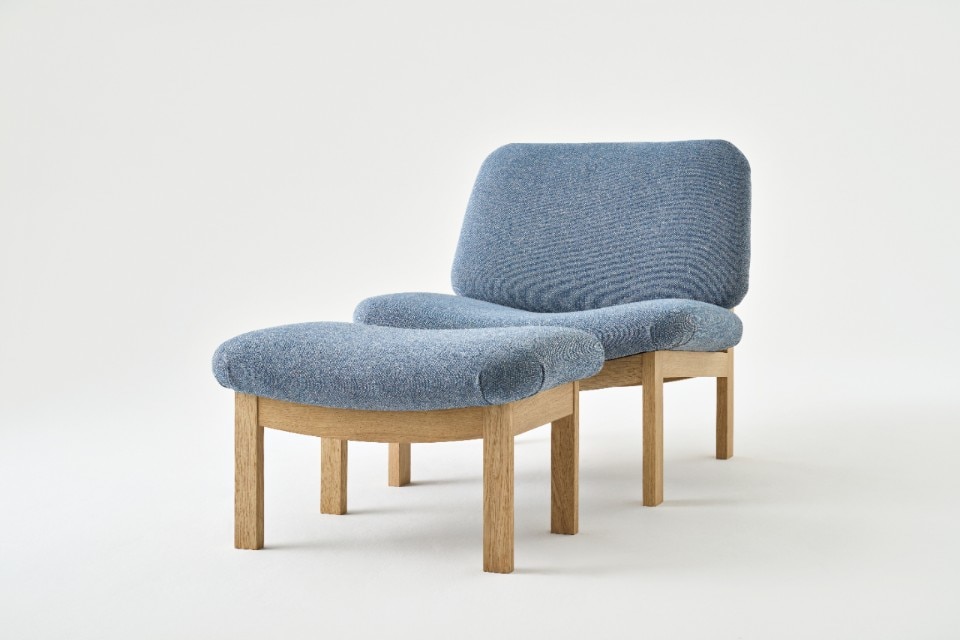This article was originally published on Domus 1090.
London architect Amos Goldreich has inherited over 10,000 original plans, drawings, slides, photographs, prototypes and books. It is the working archive of his parents, Tamar de Shalit (1932-2009) and Arthur Goldreich (1929-2011). In the second half of the 20th century, these two interdisciplinary designers forged a creative partnership that deserves to be rediscovered. Amos has decided to recount this legacy with Tamart, the brand through which he is now reimagining the projects conceived by Tamar and Arthur.
Thanks to the research of Amos Goldreich – who describes the exploration of the archive as ‘an enlightening journey’ – the Clore collection is back in production with a philological and modern approach, updated in terms of materials and finishes.

She grew up in 1950s Jerusalem and worked in fashion, textiles and interior design, while he was an artist of South African origin politically active against the apartheid regime and then an architect. After meeting in London while studying at the Central School of Art and Crafts, they went on to start a prolific interdisciplinary career together.
Subsequently moving to Israel, they worked on projects in the fields of public and private architecture, exhibition pavilions and installations, embracing the spheres of art, graphics and industrial design, as well as textiles, fashion, jewellery and scenography. In doing so, they helped to define a modernist taste that began to characterise the everyday, cultural, recreational and welfare spaces of the mid[1]20th-century Israeli scene.
Also involved in education and pedagogy, Arthur founded the Department of Environmental and Industrial Design at the Bezalel Academy in Jerusalem and became a key figure in shaping the design discipline in Israel. Tamart’s first projects include a series of furnishings made for the Red Rock Club in Eilat and the collection designed in the 1970s for British philanthropist Sir Charles Clore, who was one of the main supporters of the Weizmann Institute of Science in Tel Aviv.

Archive drawings illustrate the wooden seats, chaise longue and footstool, characterised by their curved shapes and upholstery fabrics designed by Tamar. For the sturdy coffee table, meanwhile, Tamar and Arthur used square formes and refined dovetail joints, which do not require the use of screws or nails.
Thanks to the research of Amos Goldreich – who describes the exploration of his parents’ archive as “an enlightening journey” that revealed their design references – the Clore collection is back in production with a philological and modern approach, updated in terms of materials and finishes. The tabletop is in glass or stone with the structure in oak or ash. The seats are also in oak or ash and are upholstered with a black-and-white woven wool fabric designed by Tamar herself.
Opening image: Tamar, lounge chair and footstool, Clore Collection. © 2024 Tamart Design Limited


